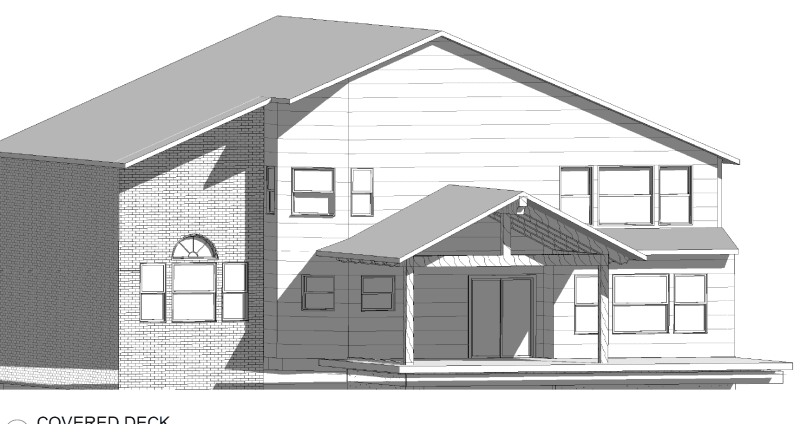For the ridge and shoulder beams, as already discussed above, I think I would use direct bearing, although there are plenty of good arguments for the alternative.
For lateral loads, I'll typically rely on a ledger along the roof profile connected with wood screws into the center of each wall stud. The roof sheathing is nailed to the ledger with nails at 6" or 4" o.c. For roofs which aren't too large, this should be adequate to resist the lateral forces from the roof. For larger roofs or where the lateral loads are more significant, I might add hold-down connectors which are ideally anchored into the floor. In this case, I would expect there to be a location where each ledger crosses the floor framing, and that's where I might add a hold-down (if it's needed).


